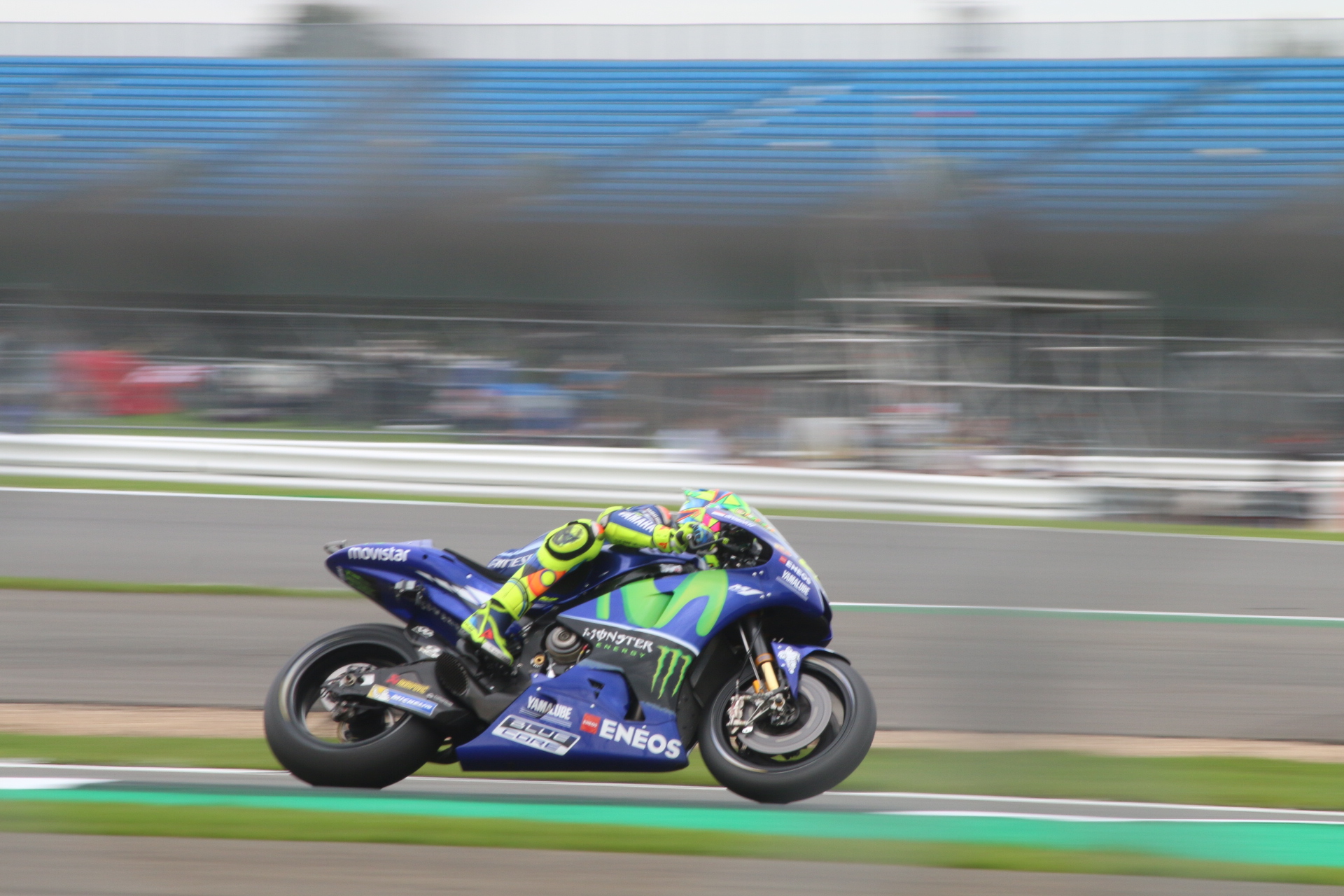"We don’t claim to be aficionados of AMA racing, far from it. Our only knowledge of AMA racing is from a bunch of images and films. But every time we discover a fresh batch of AMA stuff, particularly from "

The psychology of riding flat out
Flat out - here's how it feels
For most of us, the concept of going flat out on a motorcycle is pushing to overtake on a straight bit of road, or opening the bike up during a track day. But the reality is almost incomprehensible to us mere mortals.
Competitive motorcycle riders, especially those tackling big road races such as the Isle of Man TT, put their bodies through huge amounts of stress but is it all just for an adrenaline rush?
The truth is actually much more complex. I spoke to In The Fast Zone founder Lee Spelzini, a mind coach specialising in helping competitors find more confidence on a bike to improve lap times.
You’d be forgiven for thinking riders’ heads are filled with thoughts of corners, apexes, braking distances and much more when mid-race but that’s not the case. Spelzini explains: “What’s usually going on in their heads is actually nothing much at all. Most riders describe it as very quiet and very still.”
While a desire for speed and the thrill of a win is a definite factor in what makes people great riders, there’s another aspect to it. Spelzini says: “It’s not necessarily the thrill of the speed but I’ve found that most people I’ve spoken to who have drilled it down, say it’s a sense of freedom. They’re not thinking about anything else in any part of their life.”

This means that a lot of the work is left to the subconscious, which relies heavily on a deep knowledge of the circuit or course. This might seem easy for Moto GP riders at Silverstone when you start to think about the 264 turns on the Isle of Man TT course.
“Adrenaline and all the other wonderful chemicals in the brain give you the ability to do it,” Spelzini says. “It’s run by your sub-conscious so you don’t actually think what you’re doing, like brake, change gear, all those actions. You’re not thinking about them in your conscious brain.”
This is what Spelzini classes as being ‘in the zone’. It’s a quietness of mind where your sub-conscious brain takes over to do all the hard work while you just breathe and focus.
Riding at high speed can take its toll on your body. The effect of the high-danger situation was put to the test using sports science technology during Northern Ireland’s Northwest 200 road race.
The study found that an experienced rider had a lower BPM during the first lap of the race than a novice.
Dr Sean Roe, from the Centre for Biomedical Science Education at Queen’s University Belfast, told the BBC: “The Champion [Alastair Seeley] clearly didn’t perceive the situation as stressful. He is an ‘ice man’. An average bpm of 134 equates to a brisk walk for most people, and his breathing techniques may well have helped him.”
Mental strength like this doesn’t just come from experience but from the right physical and mental training. Spelzini says: “With my clients, I use breathing, visualisation and NLP techniques.
“I have one client who had a bad crash but wanted to do World Supersport. I spoke to him about things he and I had done before to help him relax but also got him to think about all his best laps.”
This puts the rider in the right mindset to move past a bad crash. Visualising those good laps can help a rider to get into the zone much faster than with breathing techniques alone.
While the element of danger is often much higher during a road race, the motivators are the same for all two-wheeled competitors. “The passions are very similar. It’s a desire for speed and to win but also to find that freedom.
“Being quiet in your own head is quite meditative, really,” Spelzini concludes.
(header image: Andy Stephenson)
CLICK TO ENLARGE










